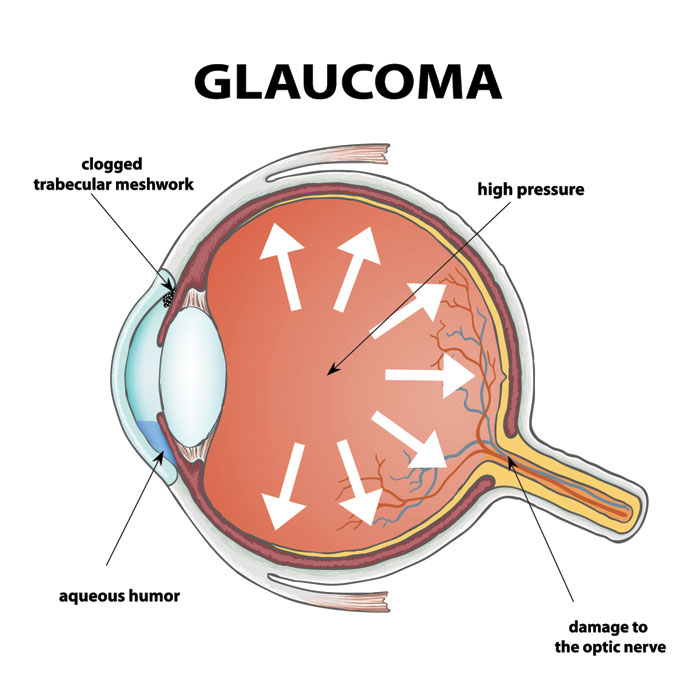Glaucoma vs Macular Degeneration: Key Differences and Why Early Detection Matters
Introduction: Two Leading Causes of Vision Loss in the Philippines
Vision loss can be life-altering—affecting independence, daily tasks, and emotional well-being. Two of the most common causes of irreversible vision decline are Glaucoma and Age-Related Macular Degeneration (AMD). Though both impact eyesight, they differ significantly in cause, symptoms, progression, and treatment.
In this guide, we’ll explore the differences between Glaucoma and Macular Degeneration, their risk factors, symptoms, and why early diagnosis is essential—especially for older adults in the Philippines.
Section 1: What is Glaucoma?
Glaucoma is a group of eye conditions that damage the optic nerve, usually due to increased intraocular pressure (IOP). It is often called the “silent thief of sight” because it typically shows no symptoms until vision loss has already begun.
🔍 Common Glaucoma Symptoms:
-
Gradual loss of peripheral (side) vision
-
Patchy blind spots
-
Eye pain or pressure (in some types)
-
Headaches, blurred vision, or halos around lights
🩺 Treatment Options:
-
Prescription eye drops to reduce eye pressure
-
Oral medications
-
Laser treatments or surgical procedures
-
Ongoing monitoring by an ophthalmologist
Glaucoma is irreversible but manageable if caught early. Regular screening is key, especially for people aged 40+, or those with a family history.
Section 2: What is Macular Degeneration?
Macular Degeneration, or Age-Related Macular Degeneration (AMD), is a chronic condition that affects the macula—the central part of the retina responsible for sharp, straight-ahead vision.
It mostly affects seniors and can severely impact activities like reading, driving, or recognizing faces.
🔍 Types of AMD:
-
Dry AMD: Most common form; causes gradual central vision loss due to thinning macular tissue.
-
Wet AMD: Less common but more severe; abnormal blood vessel growth leads to faster vision loss.
🩺 Treatment Options:
-
Nutritional supplements (AREDS2 formulation)
-
Anti-VEGF injections (for wet AMD)
-
Laser therapy in select cases
-
Low vision aids for daily activities
While AMD doesn’t cause complete blindness, it compromises central vision, making detailed tasks difficult.
Section 3: Glaucoma vs Macular Degeneration
Let’s break down the key differences:
| Aspect | Glaucoma | Macular Degeneration (AMD) |
|---|---|---|
| Main Cause | Increased eye pressure damaging optic nerve | Aging and deterioration of the macula |
| Vision Loss Pattern | Starts with peripheral vision loss | Starts with central vision loss |
| Onset | Often silent, progresses gradually | May show early visual distortion |
| Reversibility | Irreversible, but progression can be slowed | Irreversible, but manageable |
| Treatment Focus | Lowering eye pressure | Slowing degeneration and supporting vision |
✅ Summary:
-
Glaucoma affects side vision first, AMD impacts the center of your vision.
-
Both can coexist, especially in elderly patients.
-
Regular eye exams are the only way to detect them early.
Section 4: Can Glaucoma and AMD Occur Together?
Yes, it’s possible to have both Glaucoma and AMD, particularly among seniors. While these conditions affect different parts of the eye and don’t directly cause one another, the combined vision loss can be much more disabling.
🧓 At-Risk Groups:
-
Adults aged 60 and above
-
Individuals with diabetes, hypertension, or a family history of eye disease
-
Smokers and those with poor nutrition
This is why comprehensive eye exams—including optic nerve and macula evaluation—are essential for early detection.
Section 5: Risks of Ignoring These Conditions
Ignoring signs of vision loss can lead to permanent blindness and loss of independence. Left untreated:
-
Glaucoma can cause tunnel vision and total blindness
-
AMD can result in an inability to read, drive, or recognize faces
-
Vision loss can increase fall risk, depression, and social withdrawal
Conclusion: Don’t Wait for Symptoms—Protect Your Sight Today
Understanding the differences between Glaucoma and Macular Degeneration empowers patients to seek early diagnosis and care. While both diseases can lead to irreversible vision loss, early detection and treatment can slow progression and preserve quality of life.
👁️ If you or a loved one are over 40 or experiencing vision changes, schedule a comprehensive eye exam today.
👉 For expert resources, updates, and glaucoma screening information, visit Glaucoma.ph—your trusted eye health partner in the Philippines.




